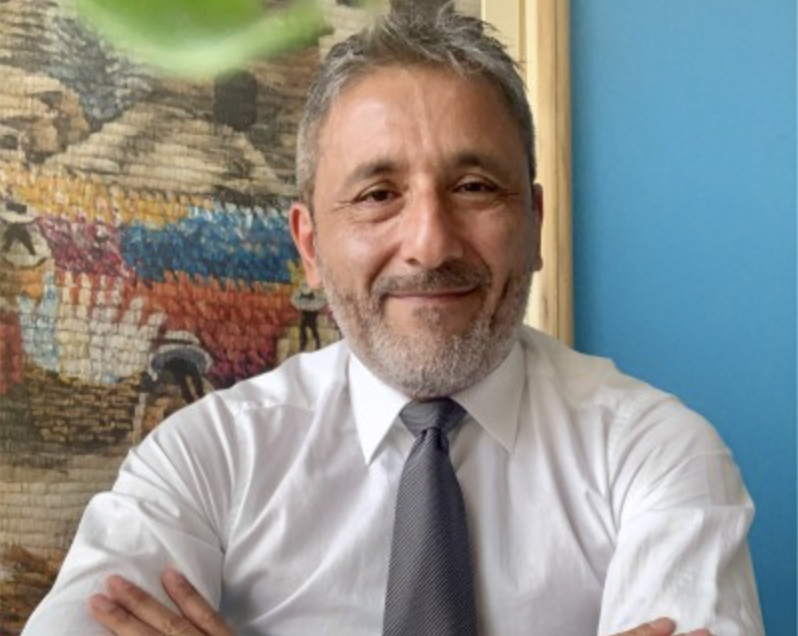
3 minute read
The Expert's Opinion
The challenge of drug manufacturing in Latin America
While it is true that there is legislation in all countries of the region that obliges the doctor to prescribe medicines with generic name to his patients, it is also true that doctors prescribe brand-name medicines without asking the patient if he is able to access them when he approaches a pharmacy to acquire them. In middle- and lowincome countries, a generic market has developed over the years that largely tries to reduce the patient’s out-of-pocket expense without sacrificing the quality of treatment and producing the same benefit as that produced by the original molecule.
Advertisement
The challenge for low- and middle-income countries is how to ensure that these so-called brandname generic or copy-bearing drugs meet efficacy and patient safety requirements and achieve the expected outcomes. In the Latin American region, for example, most research laboratories have developed an interesting portfolio of branded generics, produced by them in their parent companies that, known for their good manufacturing practices, meet legal requirements, added to the trust of the brand.
In the case of local laboratories, they buy the active ingredients from markets such as China, India and others, which entails lower production costs reflected in the direct cost to the patient. With India being the most important generic market globally, all its products are expected to be GMP certified. In these reasons lies its preference of use and the significant growth of the market in the region. In the same sense, governments have advanced with legislation that requires manufacturers of some products to demonstrate, through bioequivalence and biosafety tests, that both the original and the copy are exactly the same in their pharmacological properties. In addition, regional pharmacovigilance initiatives allow for drug pathways and postapproval support. Much has been done, but there are still challenges to be faced.
In the region, there is a significant growth of socalled Biosimilars, which are medicines that have demonstrated this behavior, after the expiration of protection patents. On the other hand, the increasing prevalence of chronic, autoimmune, genetic, and cancer diseases has driven this market in middle- and low-income countries. This forces governments to design regional roadmaps that allow for expeditious approval, but without sacrificing their security. From this perspective, the heterogeneity of legislation in the region, the different ways in which they are approved, the burden of disease in each country and financing affect this issue.
However, to address this issue, regulatory bodies should follow a different route of approval to other types of medicine, such as generic drugs, for example, taking into account the requirements of the EMA, FDA and WHO; which will allow its use safely in patients avoiding some quality gaps with respect to the origin of these Biosimilars.

José Torres Sales MD, MBA, DBA©
LATAM Strategic Medical Director
FARMACON GLOBAL
jose@farmasc.com










